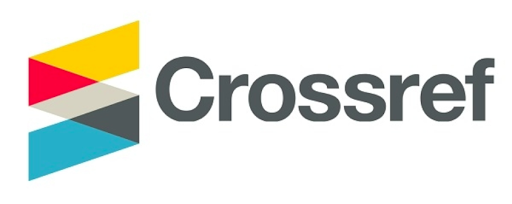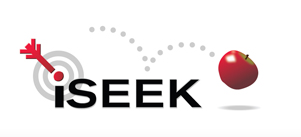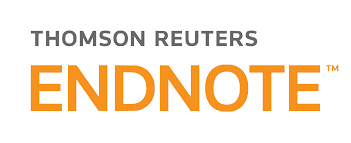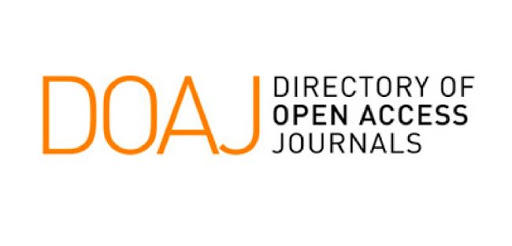Paper ID : SMJ2010215510396 | View : 45

Abstract : The focus of the study was to evaluate the effect of the bootstrapping method on an applied sciences study. In this case study, a set of data from the design of an experiment (DOE) was taken which consisted of 20 observations, which is specifically design for Two-way Analysis of Variance (ANOVA). After reorganizing the data according to the specific template, a regression approach to one-factor Analysis of variance was used for the best model fitting which considering all the factor levels. At first, the regression was fit through the origin data. Second, the bootstrapped method was applied towards the origin data through SAS syntax in order to obtained large sample data, then the obtained data was used for regression fitting. The regression results with and without bootstrap was compared according to the parameter of estimated coefficient beta, standard error and the obtained p-value. To validate the obtained model, a multilayer perceptron neural network was applied, the Mean Error (ME), Mean Absolute Error (MAE) and Maximum Error were compared towards training, testing and validation procedure. As a conclusion, the regression approach through bootstrapping to one-factor Analysis of variance was a significant methodology. The mean error (ME) and mean absolute error (MAE) of the measurement of the model accuracy are relatively similar to the training, testing, and validation. Small error measurement was showing the high accuracy of the developed model. Hence, it can be conclu










